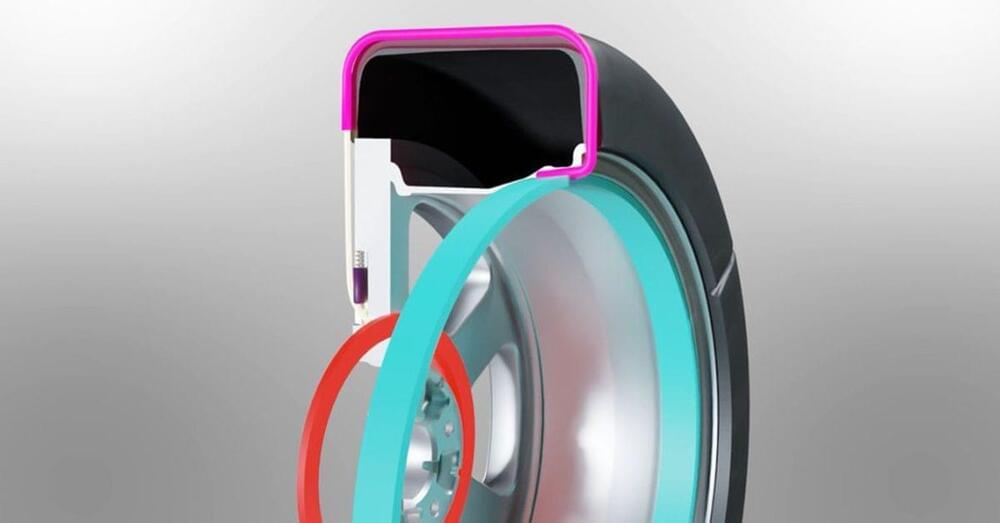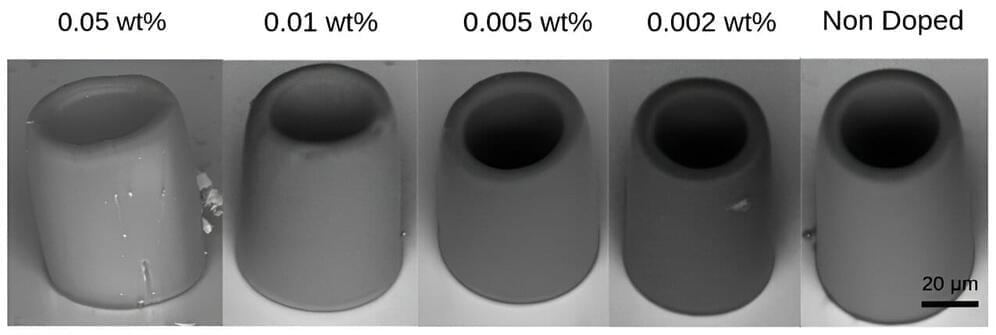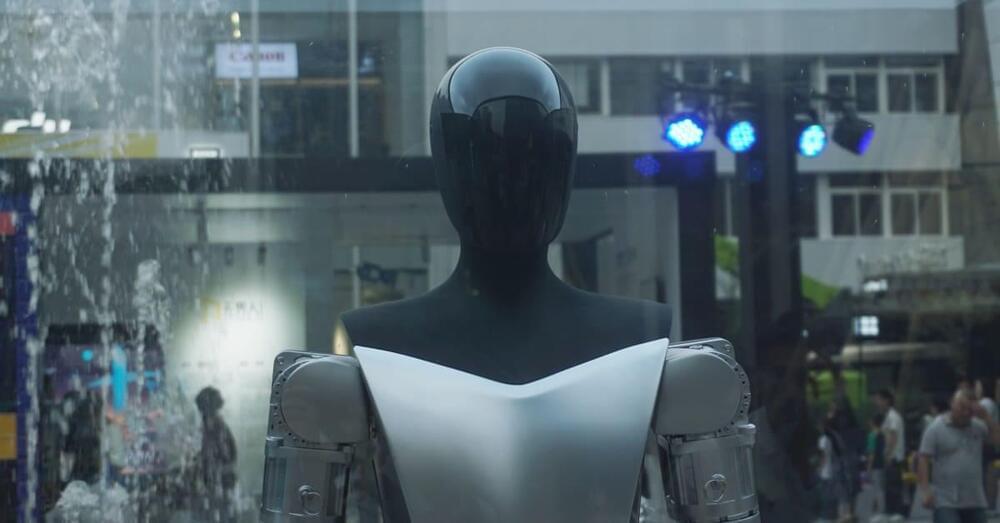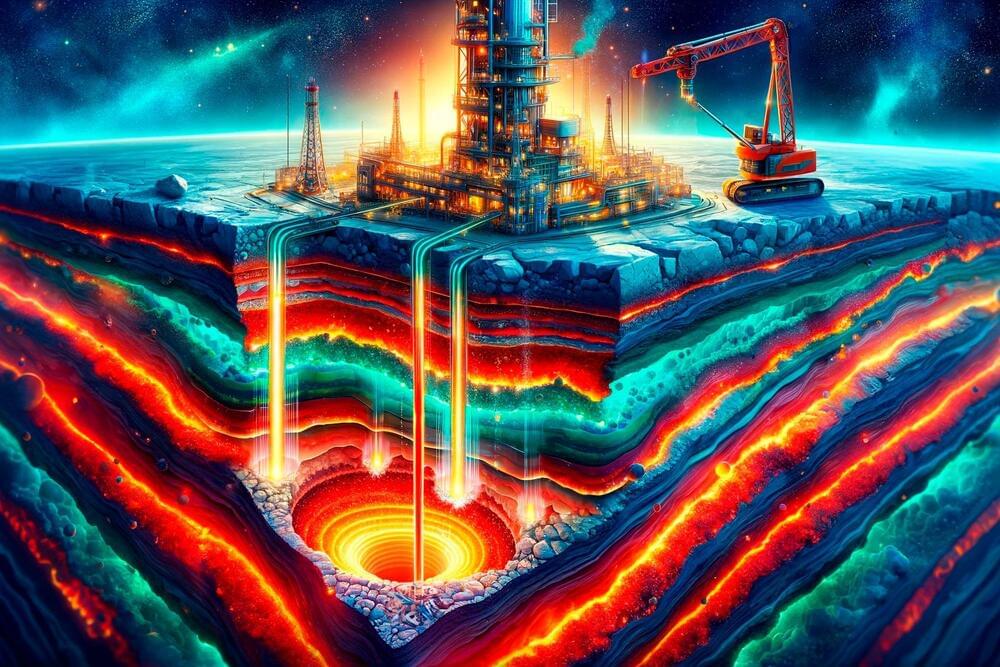A problem that has long been a focal point of research for the famous Game of Life, has finally been solved.



Weeks after introducing a potentially game-changing “Uni-wheel” drive system for EVs, Hyundai and Kia are showing off another next-generation technology to keep EV drivers safer during inclement weather. Today, Kia and Hyundai introduced a new snow chain-integrated tire that utilizes shape memory alloy modules inside the wheel. See how this incredible new tech works in the video below.
As EVs continue to saturate the global automotive market, their respective technologies are evolving to benefit consumers. Now more than ever, these electric vehicles drive farther, charge faster, and come equipped with exciting new technologies like vehicle-to-load (V2L) capabilities and Plug & Charge.
Hyundai Motor Group has been one of the early proponents of such technologies, featuring them in EVs atop its E-GMP platform. In fact, Hyundai and Kia especially have rolled out some exciting technologies throughout the electric mobility segment and allocated considerable funds to R&D to explore new engineering breakthroughs.

A nitrogen-vacancy (NV) center is a defect in the crystal structure of diamond, where a nitrogen atom replaces a carbon atom in the diamond lattice and a neighboring site in the lattice is vacant. This and other fluorescent defects in diamond, known as color centers, have attracted researchers’ attention owing to their quantum properties, such as single-photon emission at room temperature and with long coherence time. Their many applications include quantum information encoding and processing, and cell marking in biological studies.
Microfabrication in diamond is technically difficult, and nanodiamonds with color centers have been embedded in custom-designed structures as a way of integrating these quantum emitters into photonic devices. A study conducted at the University of São Paulo’s São Carlos Institute of Physics (IFSC-USP) in Brazil has established a method for this, as described in an article published in the journal Nanomaterials.
“We demonstrated a method of embedding fluorescent nanodiamonds in microstructures designed for this purpose, using two-photon polymerization [2PP],” Cleber Mendonça, a professor at IFSC-USP and last author of the article, told Agência FAPESP. “We studied the ideal concentration of nanodiamond in the photoresist to achieve structures with at least one fluorescent NV center and good structural and optical quality.” The photoresist is a light-sensitive material used in the fabrication process to transfer nanoscale patterns to the substrate.

Engelbart grew up on a small farm in Southeast Portland where his father operated a radio store.
He graduated from Franklin High School in 1942 and enrolled at Oregon State College, now called Oregon State University, to study electrical engineering.
When World War II interrupted his studies, he spent two years working as a Navy radio and radar technician in the Philippines.
Tiny made from human windpipe cells encouraged damaged neural tissue to repair itself in a lab experiment — potentially foreshadowing a future in which creations like this patrol our bodies, healing damage, delivering drugs, and more.
The background: In a study published in 2020, researchers at Tufts University and the University of Vermont (UVM) harvested and incubated skin cells from frog embryos until they were tiny balls.
They then sculpted the spheres into specific shapes — dictated by an algorithm — and added layers of cardiac stem cells to them in precise locations.


Cloning, a topic that has captured the imagination of many, continues to be a subject of scientific interest, ethical debates, and speculative musings. While its various forms and implications have been widely discussed, this article aims to provide an overview of cloning, present examples of successful cloning in different organisms, explore the mechanisms involved, and address the reports and speculations surrounding possible human cloning.
Understanding Cloning: Cloning is the process of creating an organism that is genetically identical to another individual. It can occur naturally, such as with identical twins, or it can be achieved artificially through scientific techniques. Artificial cloning techniques include somatic cell nuclear transfer (SCNT), where the nucleus of a donor cell is transferred into an enucleated egg cell, and reproductive cloning, which aims to create a living copy of an existing organism.

In an indication of growing interest in the holy grail of geothermal energy—tapping into the superhot rock miles below our feet—18 papers on the topic were presented over multiple sessions at a recent major conference on the overall geothermal industry.
“By driving down costs and making large-scale geothermal power available nearly anywhere, Superhot Rock energy has the potential to disrupt and revolutionize the energy system.” That’s according to a description of the sessions on Technological, Engineering, and Geological Advances in Superhot Geothermal presented at the 2023 Geothermal Rising Conference held over four days in October.
“For me, a pretty big highlight of Geothermal Rising 2023 was the increased focus on superhot rock geothermal through multiple presentations from around the world,” says Matt Houde, co-founder and project manager at Quaise Energy.

Recent research has unlocked key aspects of high-critical-temperature superconductors, identifying their unique ‘strange metal’ state and a crucial quantum critical point. This discovery, resulting from collaborative efforts and extensive experiments, paves the way for advanced superconducting technologies.
Taking a significant step forward in superconductivity research, the discovery could pave the way for sustainable technologies and contribute to a more environmentally friendly future.
The study just published in Nature Communications by researchers from Politecnico di Milano, Chalmers University of Technology in Göteborg, and Sapienza University of Rome sheds light on one of the many mysteries of high-critical-temperature copper-based superconductors: even at temperatures above the critical temperature, they are special, behaving like “strange” metals. This means that their electrical resistance changes with temperature differently than that of normal metals.

A study has found that every 1% decrease in deep sleep annually in individuals over 60 years old is associated with a 27% higher risk of dementia. This research indicates that improving or preserving deep sleep, known as slow-wave sleep, in later life may help prevent dementia.
The study, led by Associate Professor Matthew Pase, from the Monash School of Psychological Sciences and the Turner Institute for Brain and Mental Health in Melbourne, Australia, and published in JAMA Neurology, looked at 346 participants, over 60 years of age, enrolled in the Framingham Heart Study who completed two overnight sleep studies in the time periods 1995 to 1998 and 2001 to 2003, with an average of five years between the two studies.